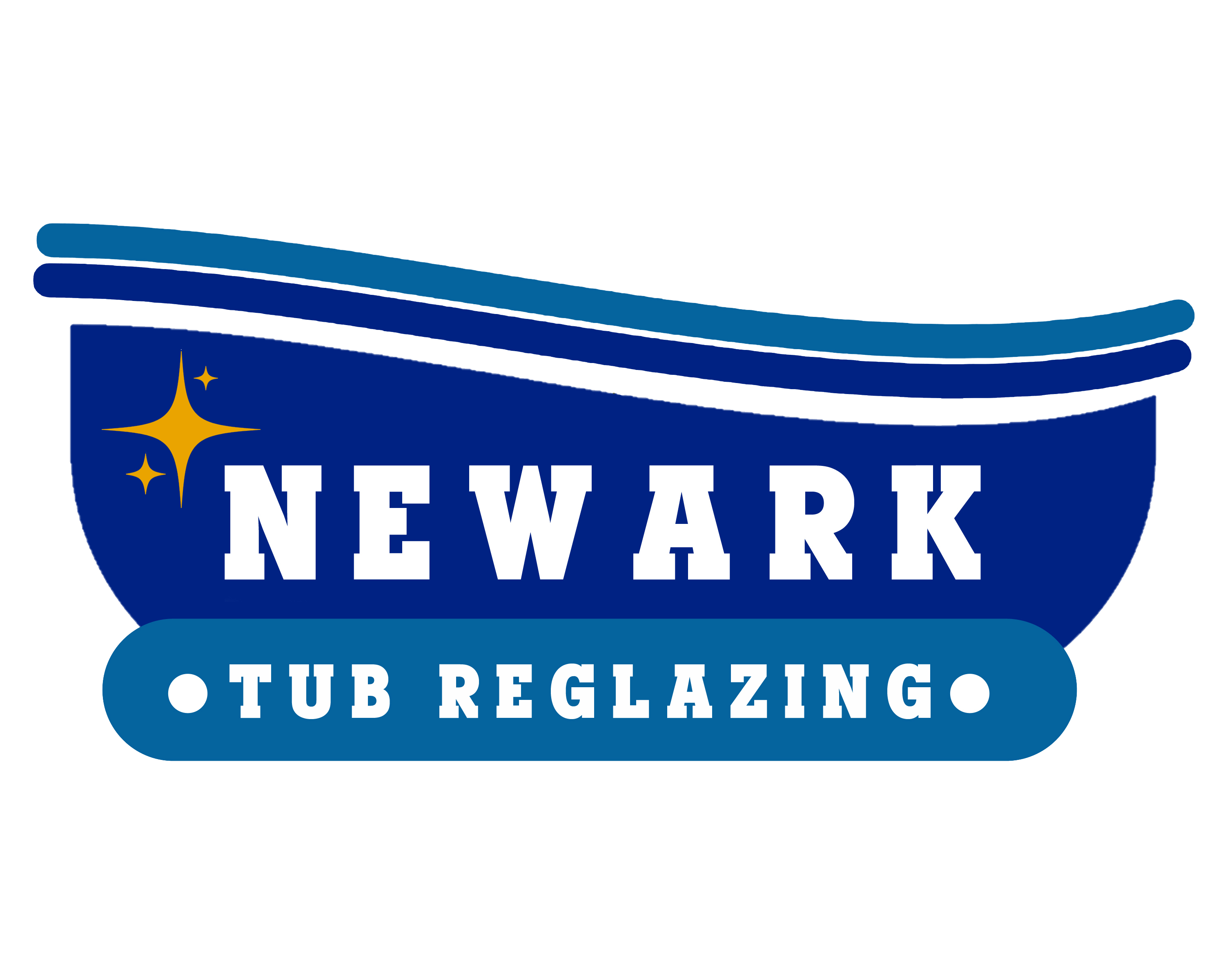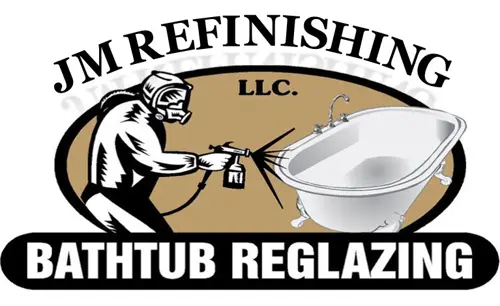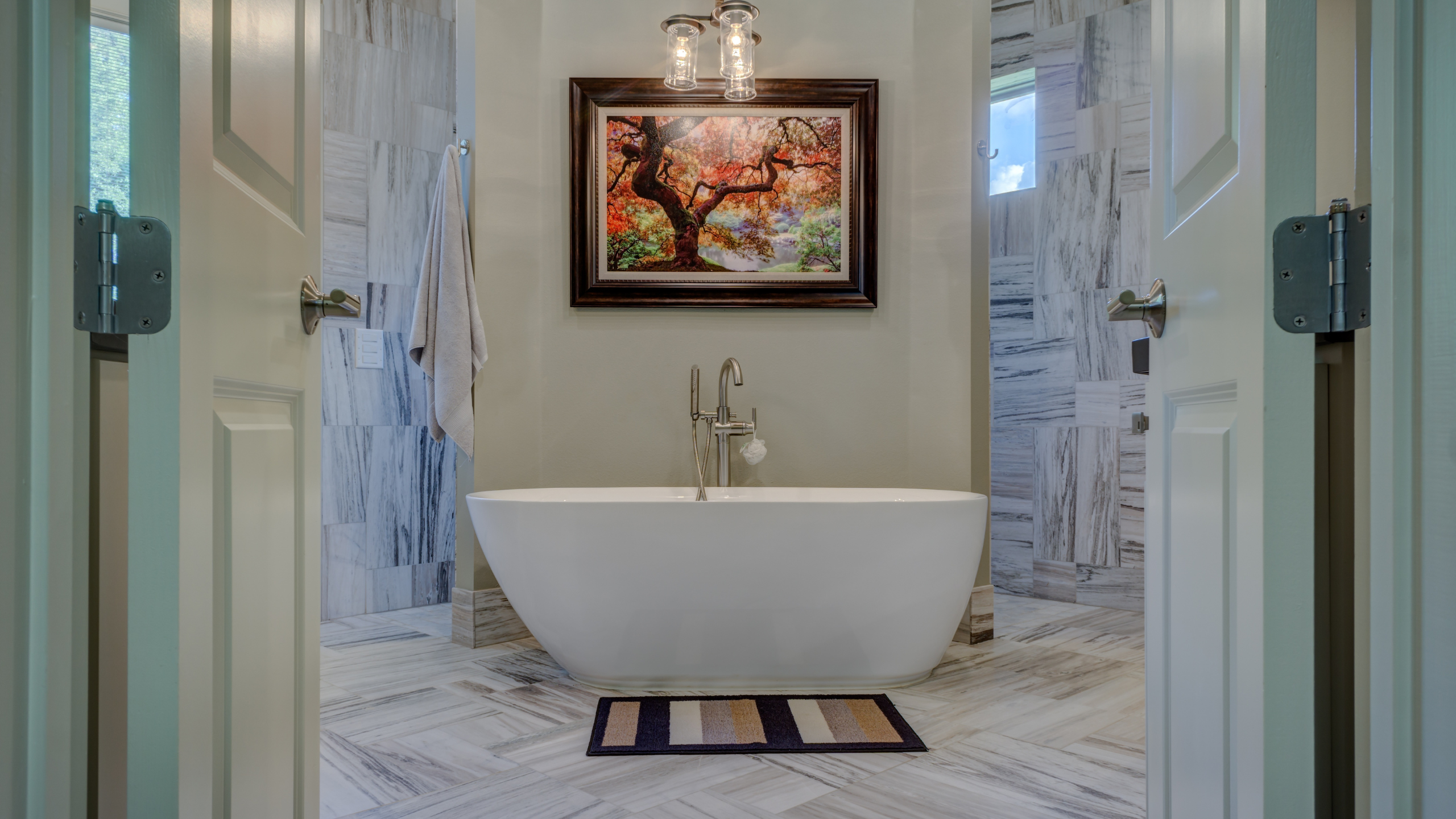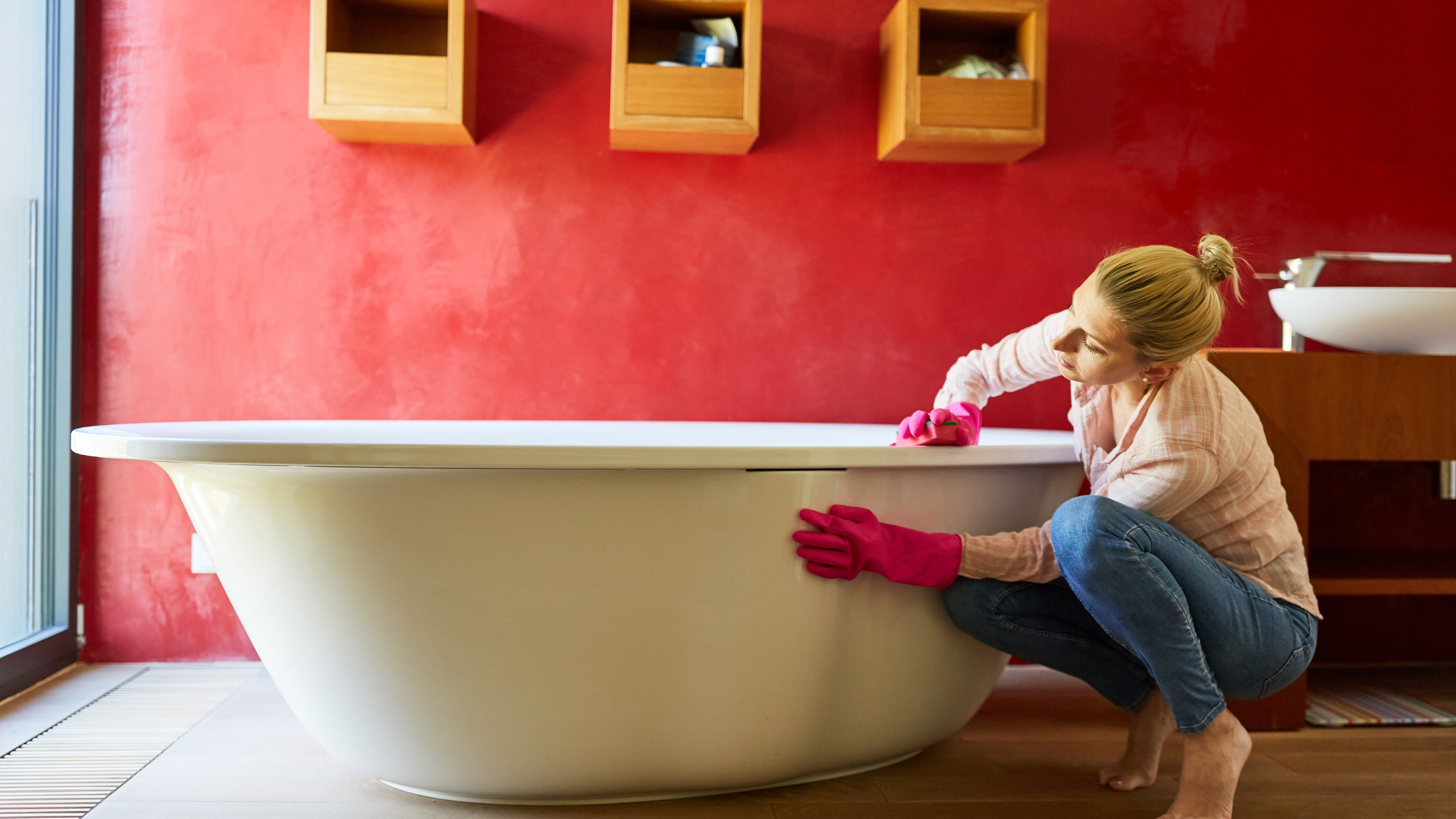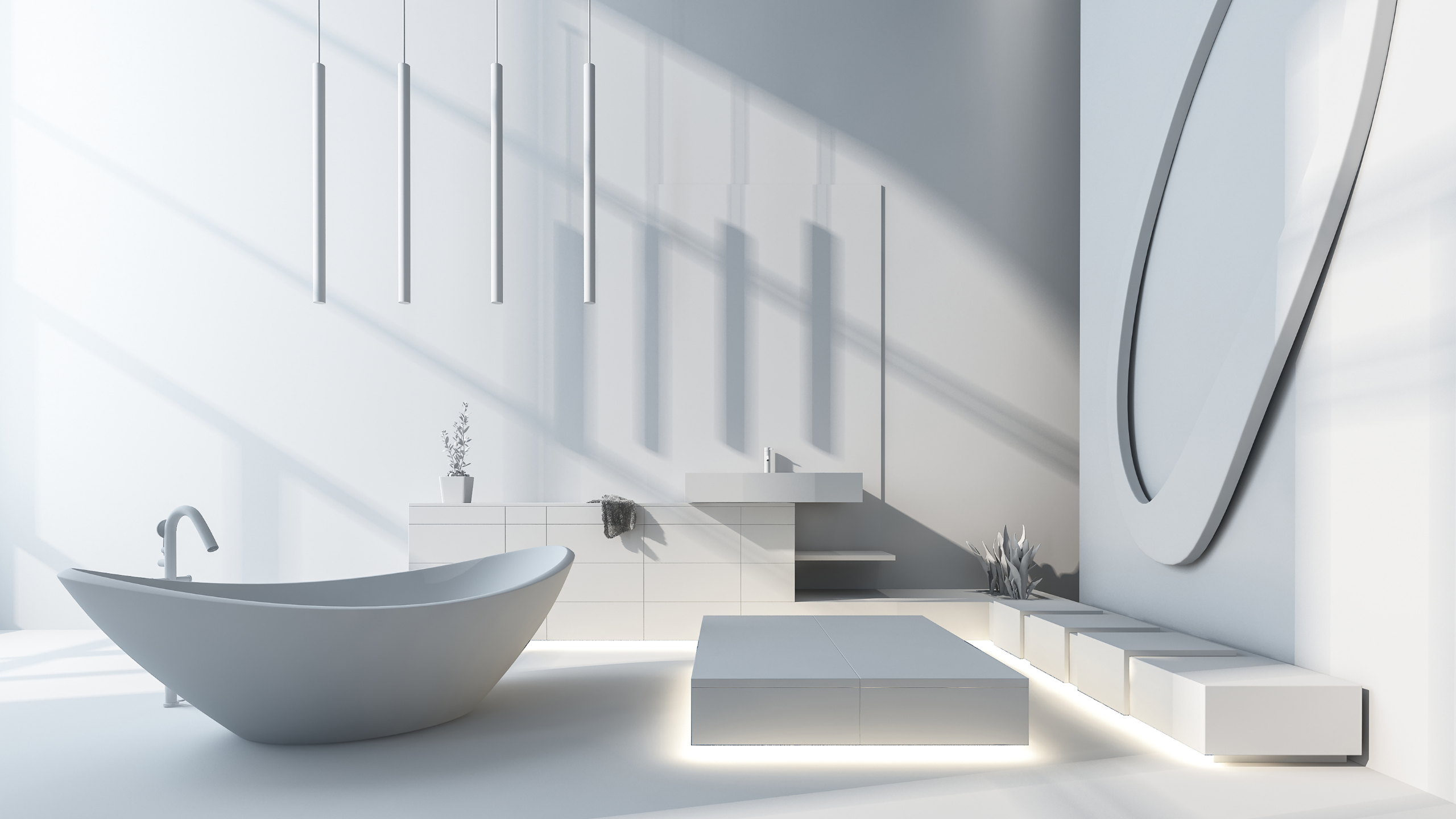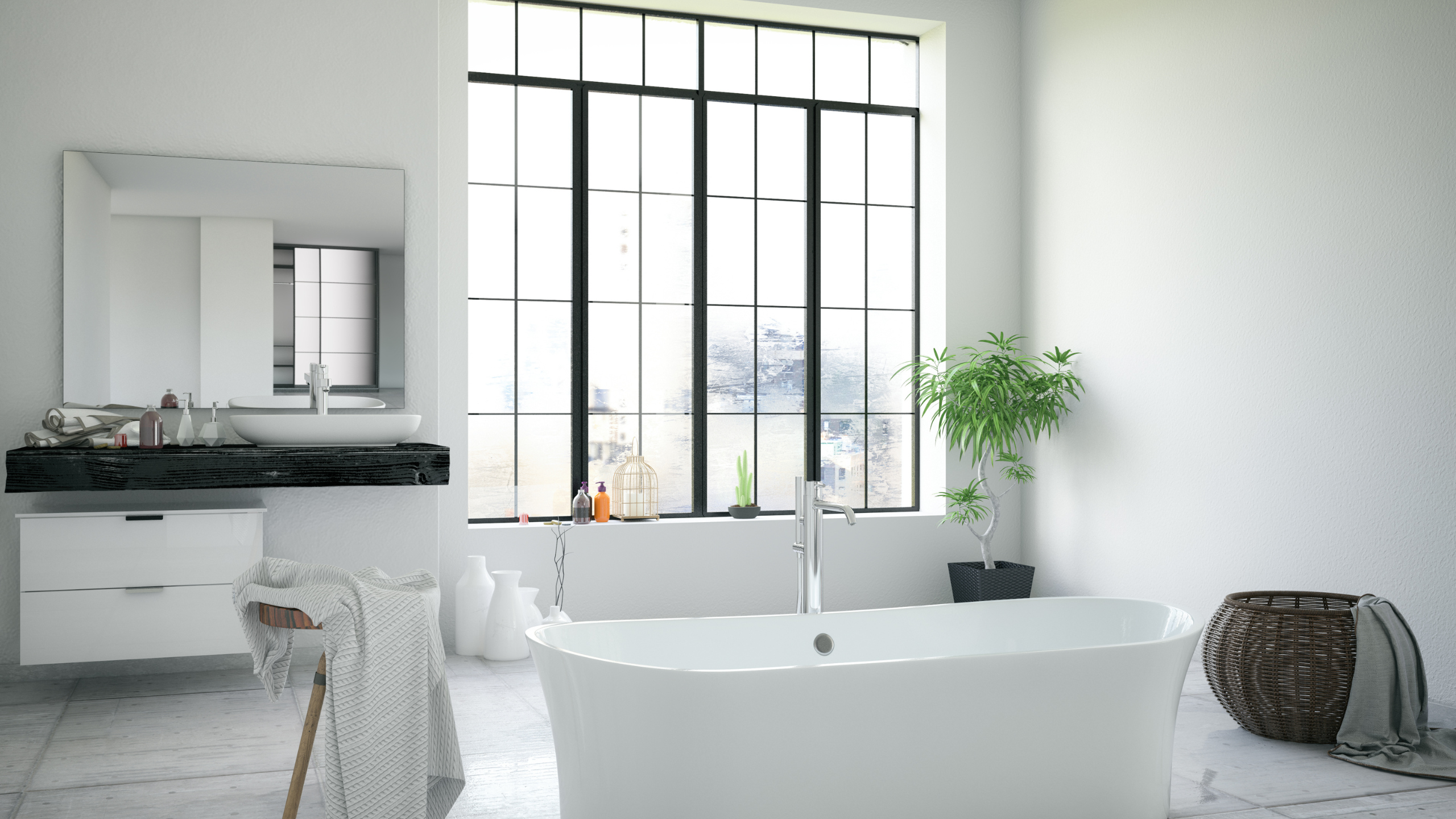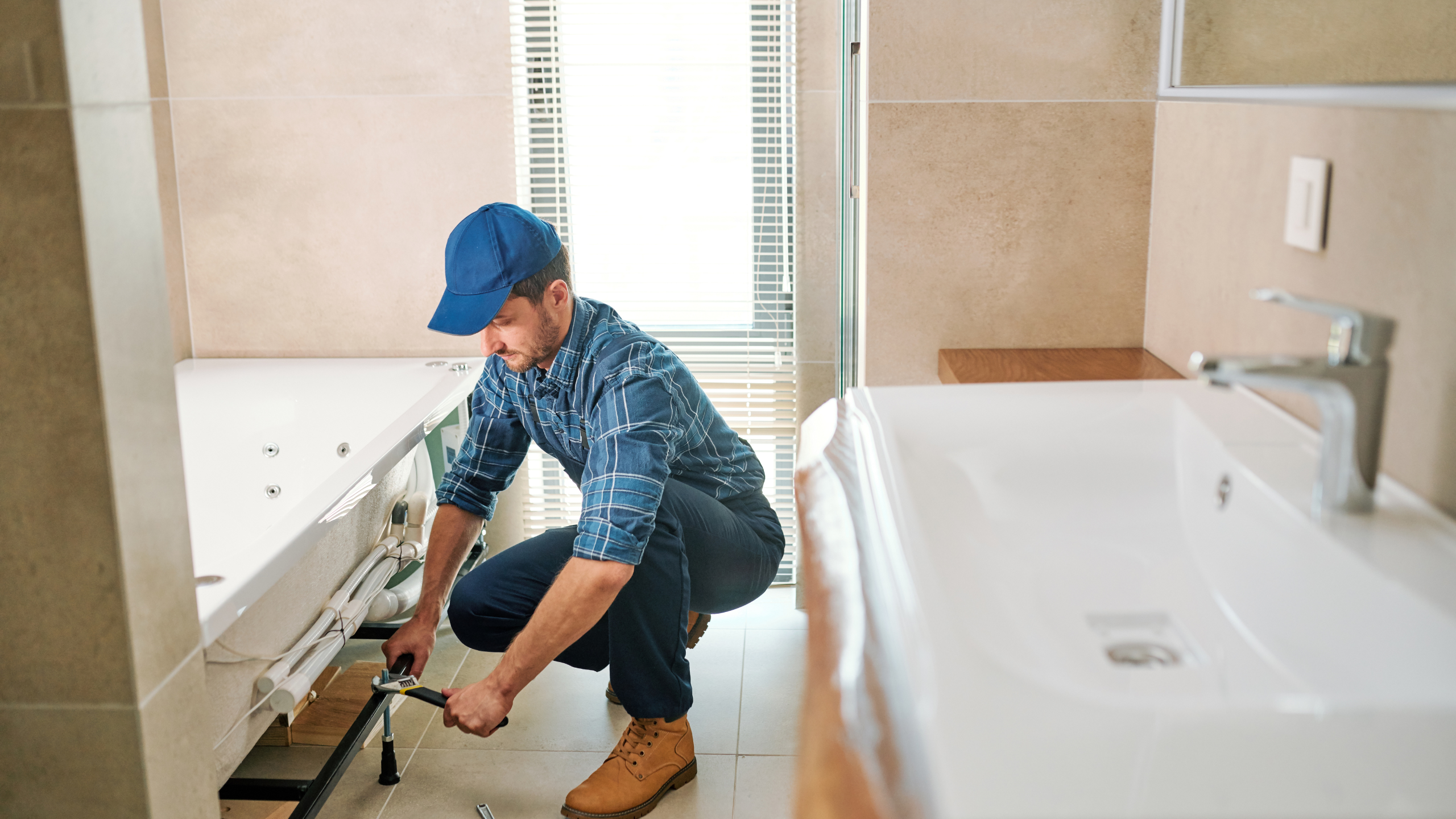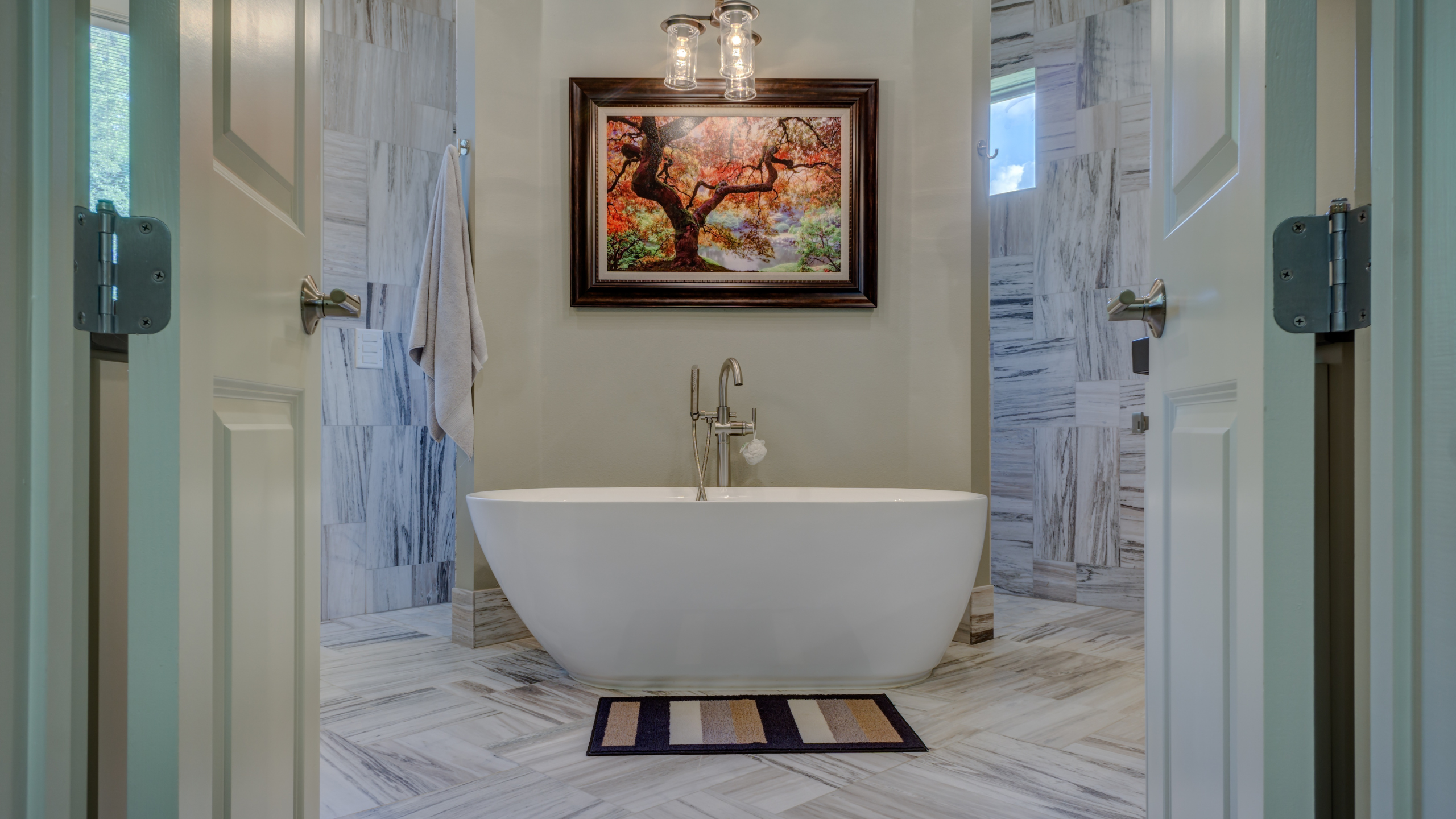Bathtub reglazing is one of the delicate treatments that demands the undivided attention of a service provider. Accidents may happen even if you work carefully because of environmental conditions, inferior chemicals or supplies, or incorrect operating procedures. This post will teach you all you need to know about bathtub or tray reglazing.
Common Bathtub Reglazing Issues
1. Rough Texture. The rough texture is most typically caused by incorrect cleaning or sanding of the tub’s surface.
2. Fading. Fading happens when the coating’s texture is too thin.
3. Cracking. Cracking happens when the coating fails to keep water and air out.
4. Delamination. This problem occurs when the topcoat does not attach to the surface, making it less sticky.
How to avoid damage during bathtub reglazing in NJ?
1. Prepare the area appropriately. Because the reglazing technique involves harsh chemicals, it’s essential to cover the bathroom with plastic sheets and seal it shut.
2. Clean the old finish. Before you begin bathtub reglazing, you must first remove the original finish. The tub has been sanded to produce a smooth surface.
3. Repair imperfections. Proceed to the next step to repair chips and cracks. The expert bathtub reglazing NJ service provider will do it efficiently.
4. Prime, Reglaze, and coat properly. One of the critical operations should be performed only by specialists. The restroom should only be used once the surface has been thoroughly prepped, which will take two to four days.
For experienced and dependable bathtub and tray reglazing service providers, visit www.newarktubreglazing.com to arrange your appointment.
